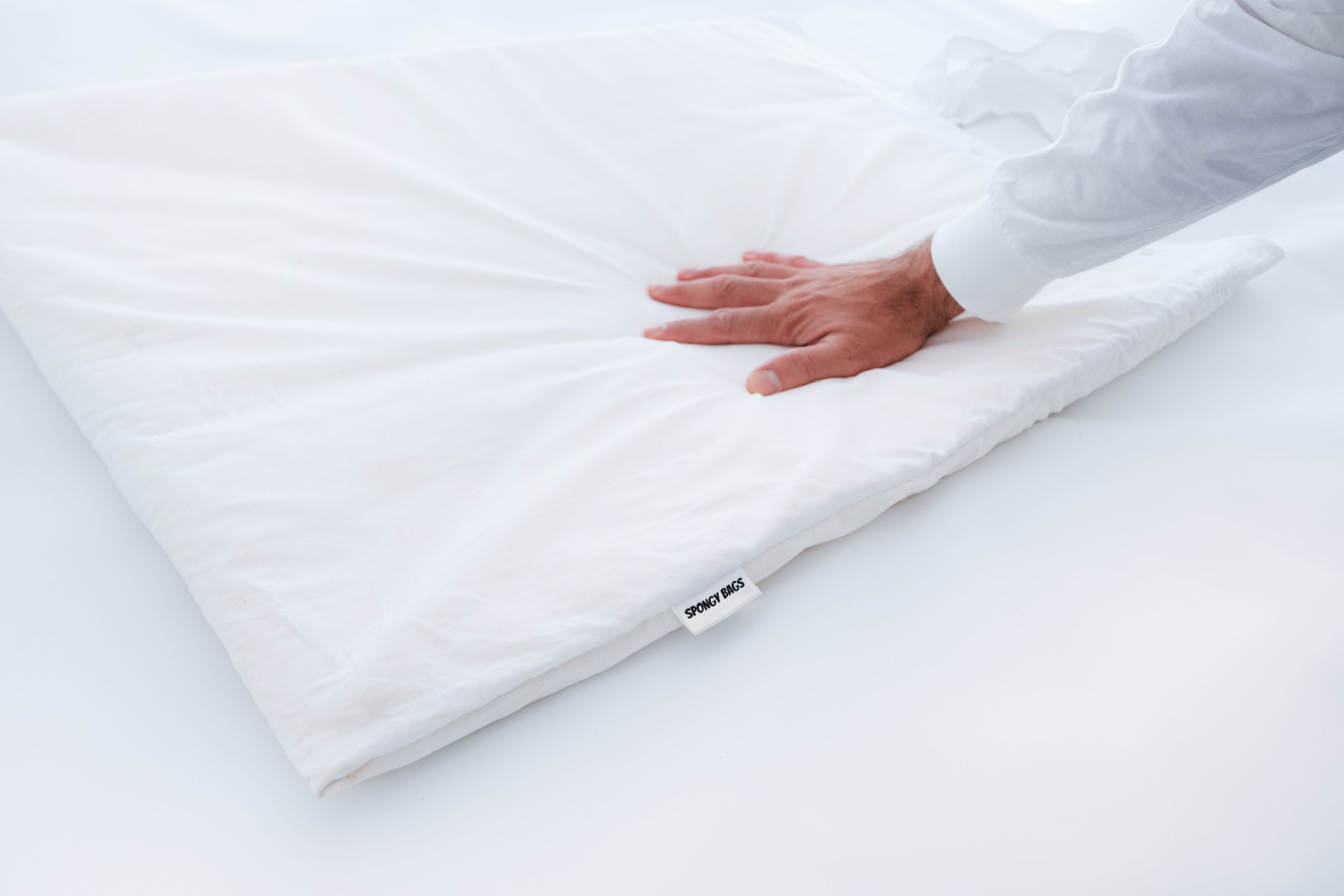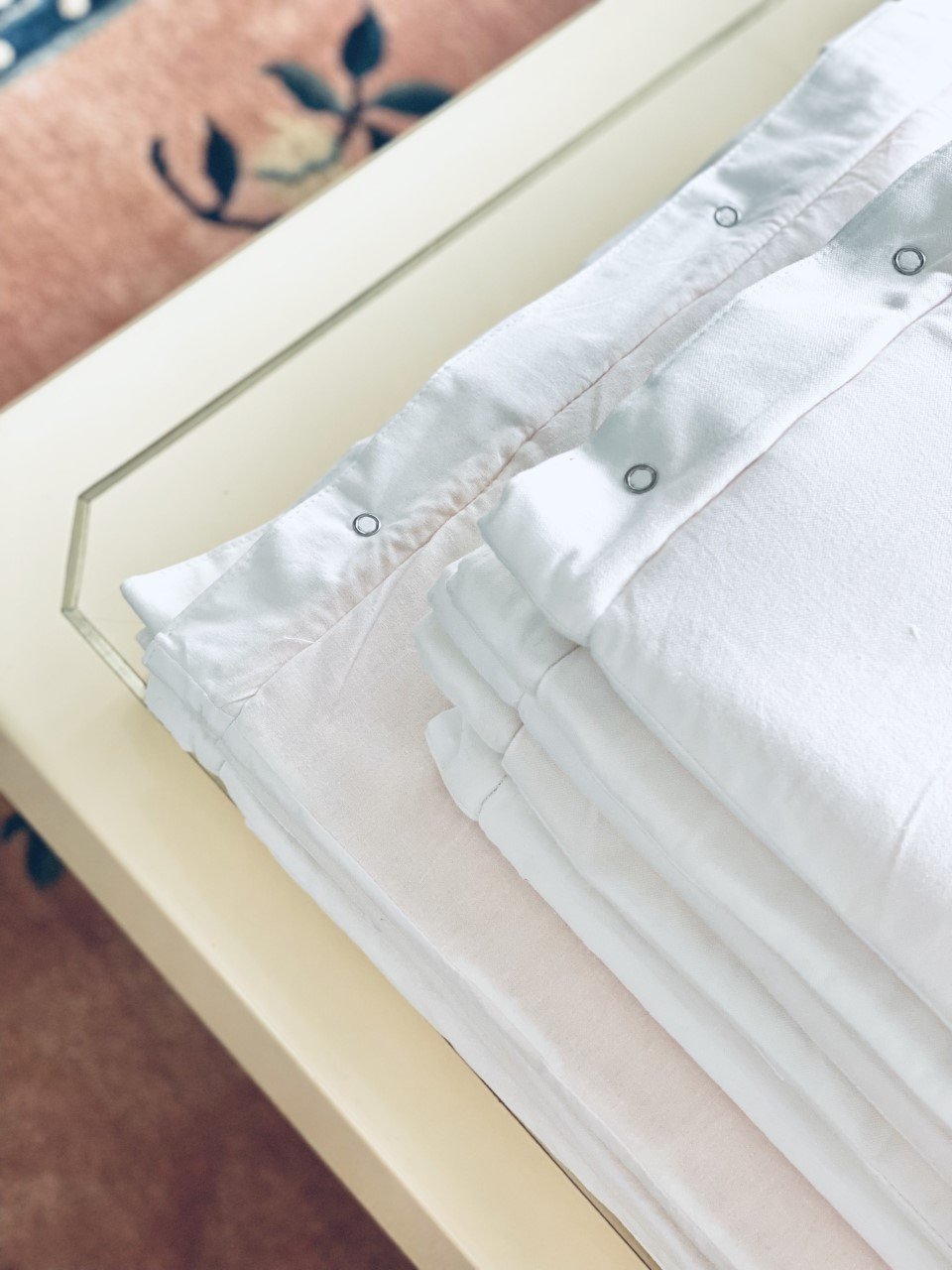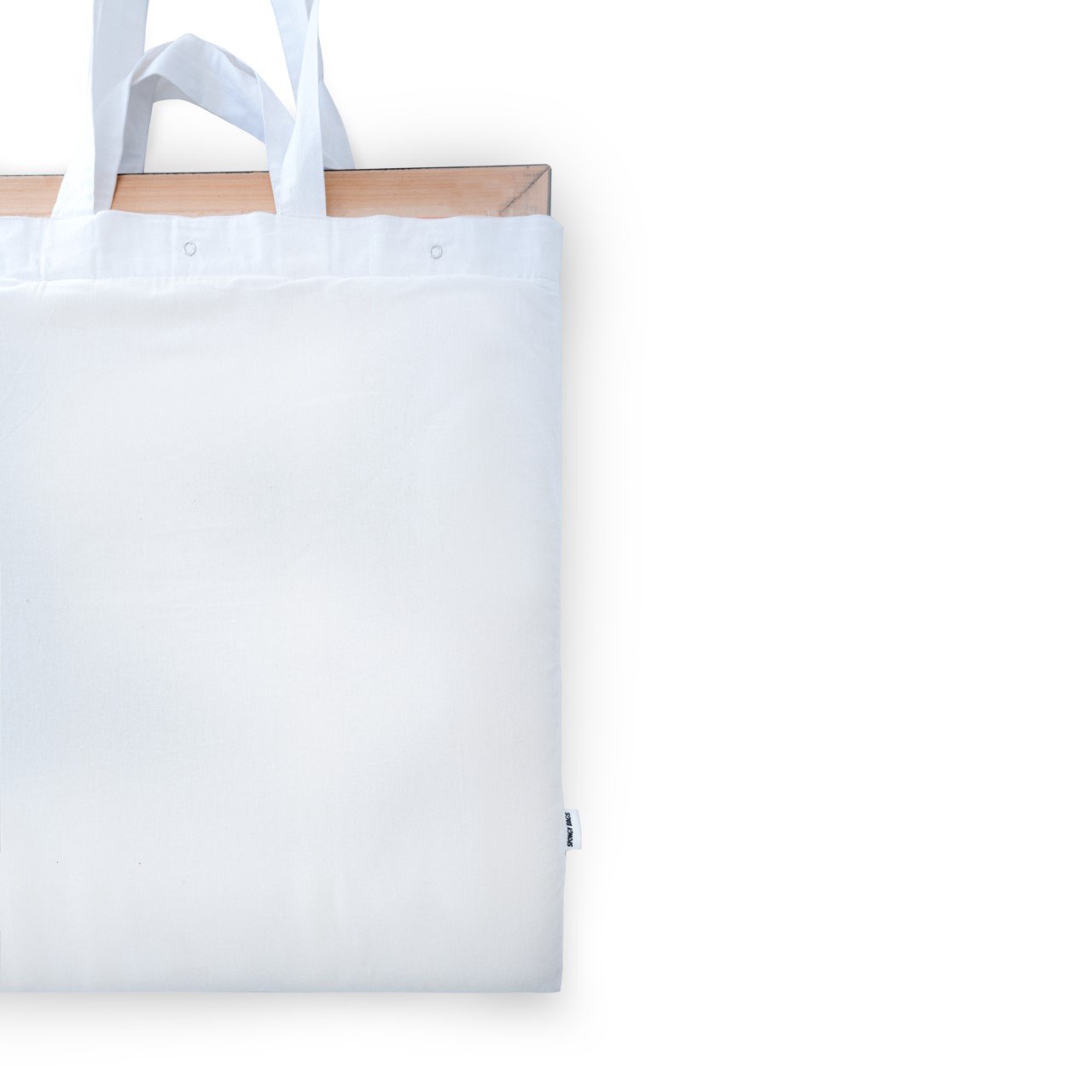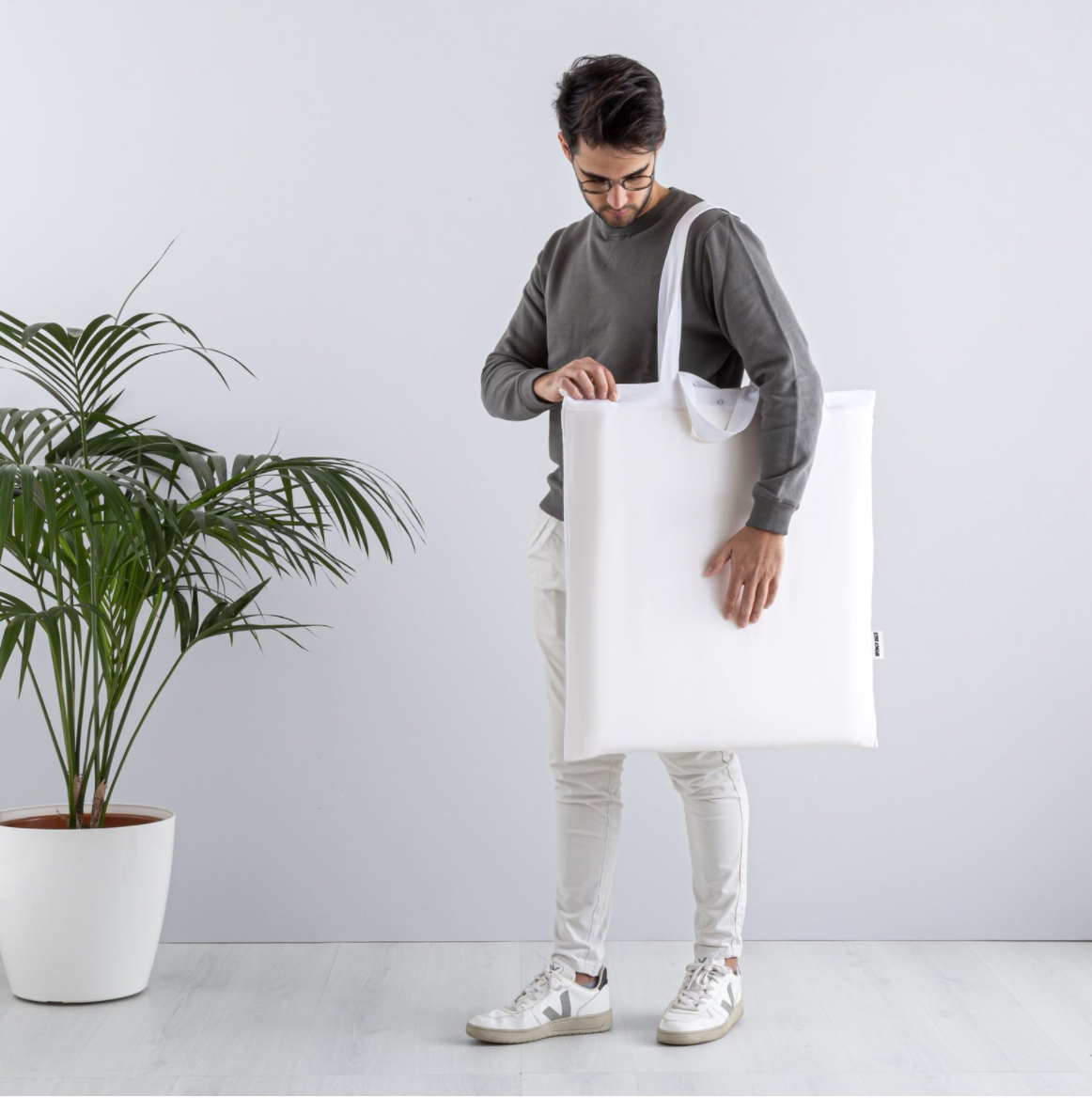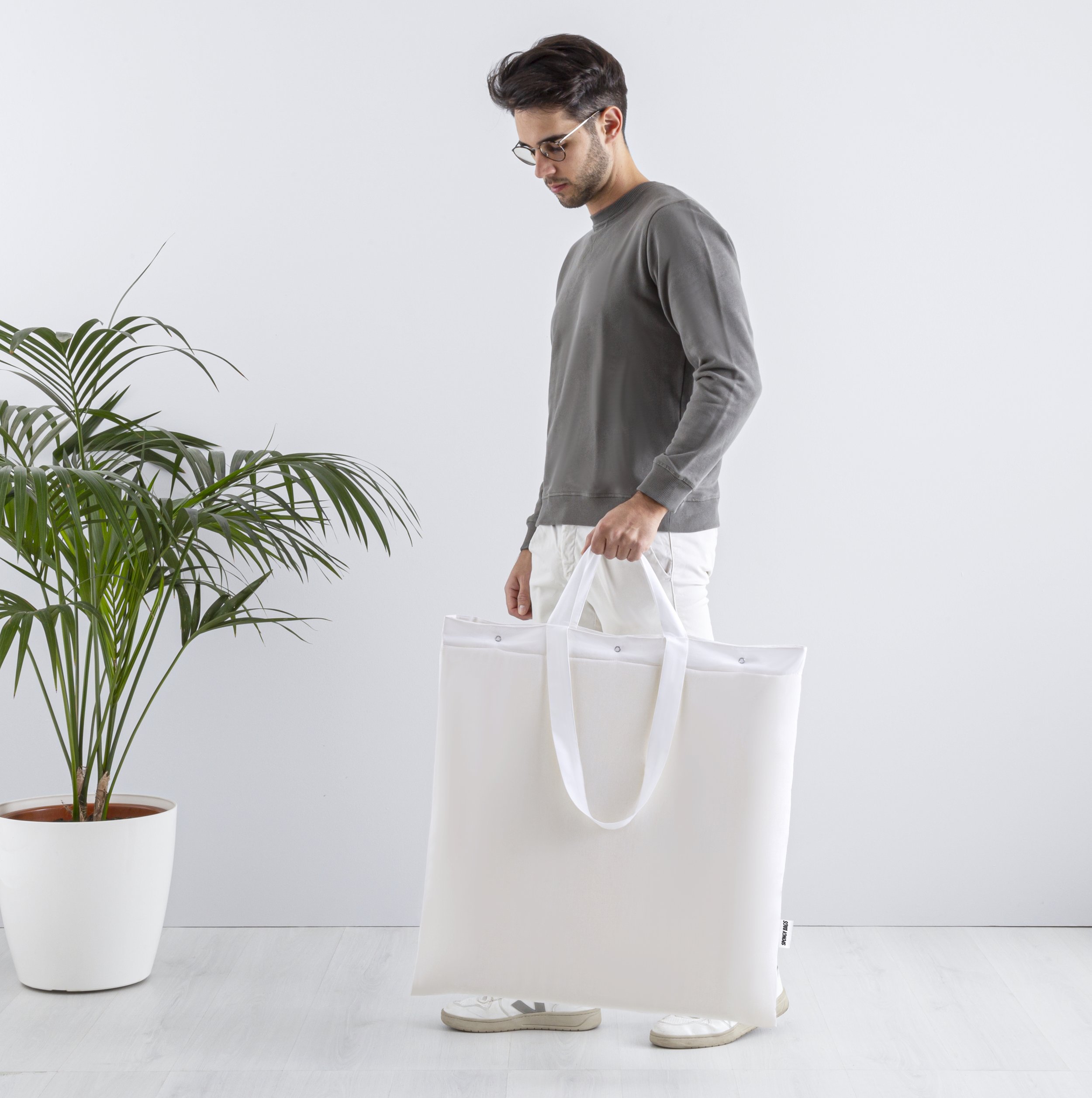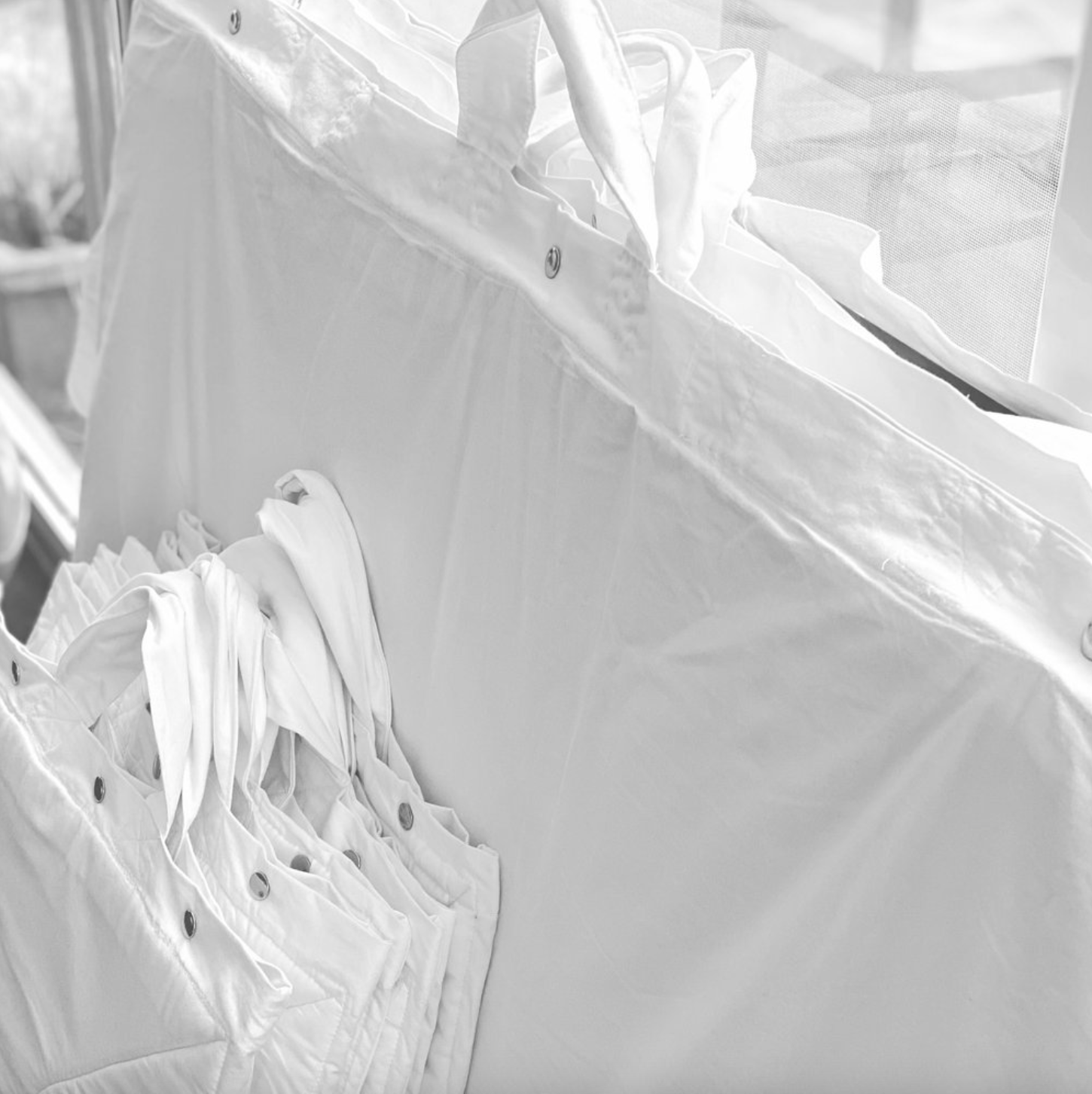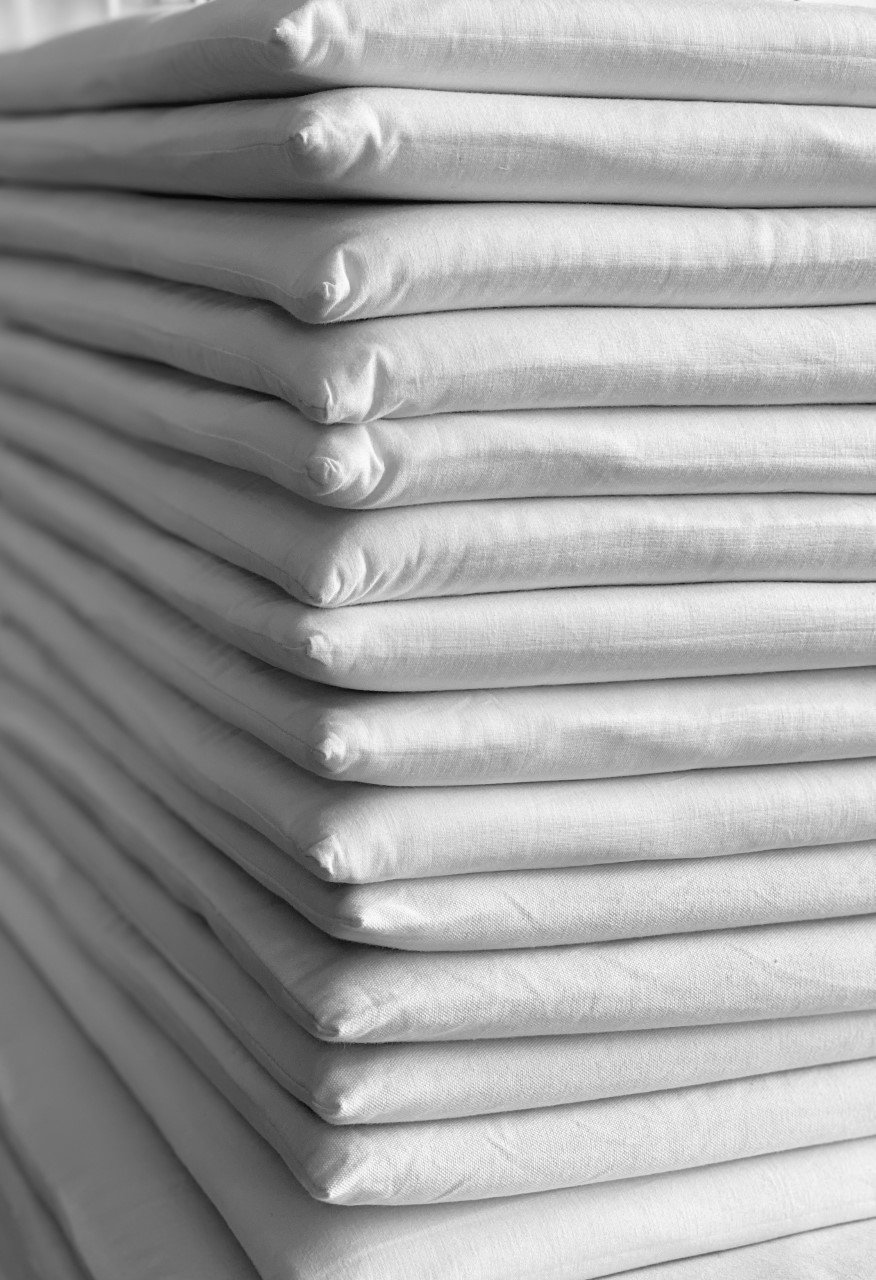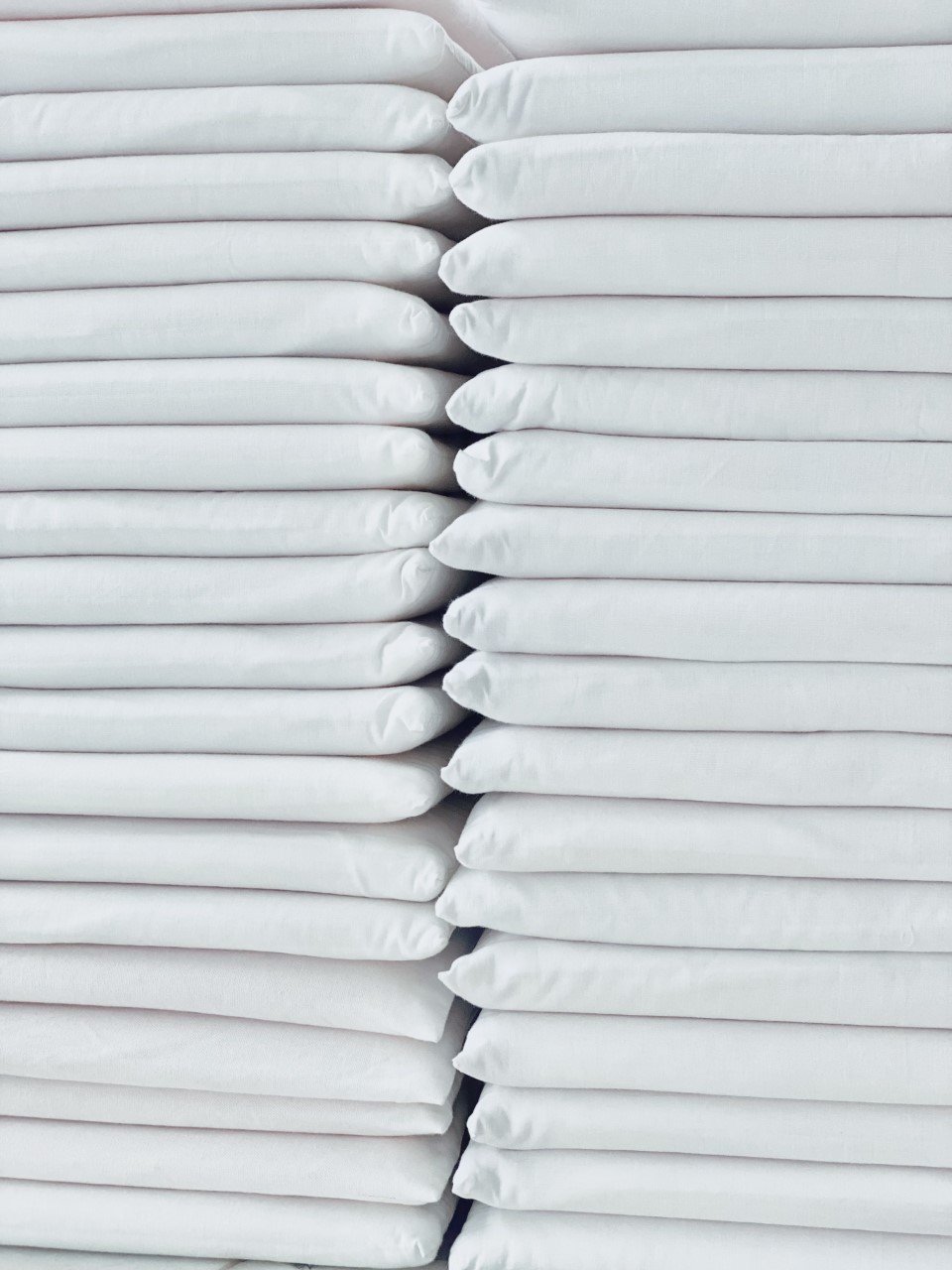Spongy Bags: Aesthetic, Acid-Free Art Packaging Reducing Waste & Saving Time
Spongy Bags is a startup company founded by Sotheby’s Institute alumna and MADE IN BED’s former 2020 Editor In Chief Elsa Åkesson, a frustrated consumer looking for a more efficient, thoughtful solution to wasteful, time-consuming, and outdated traditional artwork packaging.
Through the creation of their soft-cushioned bags made from 70% sustainable material, Spongy Bags offers a solution that replaces single-use wrapping materials, reduces packing time, and protects artworks in a presentable product.
Founder of Spongy Bags LLC., Elsa Åkesson is a painter and businesswoman setting out to solve a problem at the intersection of her interests. She holds a BA in Fine Arts from the University of the Arts in London (UAL) and an MA in Art Business from Sotheby’s Institute of Art. Åkesson embarked on her MA to understand the business side of art as she believes it’s not uncommon for artists to have talent and passion, but they don't always necessarily understand the market that they're entering. During the first Covid lockdown, Åkesson was at home in Madagascar and reflecting on how to create a better solution to move her art around more easily and efficiently.
Elsa Åkesson, Spongy Bags Founder, 2022.
As a painter, Åkesson constantly ships and wraps works to send to clients, collectors, and different artists and finds the wrapping and packing process arduous and wasteful. Even moving artworks short distances results in often discarded, single-use materials. It is not uncommon for artworks travelling to an exhibition or gallery space to require 15 to 20 minutes of packaging to only throw away the plastic wrapping and cardboard upon arrival. Artists purchase expensive packaging materials including bubble wrap, rolls of acid-free tissue, tape, and clingfilm that they are not able to reuse. Multiplying this process to any quantity of artworks becomes laborious and incredibly time-consuming.
Spongy Bags LLC. was created to address these problems of efficiency, sustainability, and aesthetics in packaging artworks for artists and clients alike. Spongy bags are 100% cotton tote-like bags with one centimetre of sponge foam lining the inside. The idea is that the polyurethane foam bag replaces the need for bubble wrap or any additional protective packaging and can be washed and reused as needed. The bags have snap closures and multiple handles that make it easy to slide artworks of all sizes in and out to effortlessly transport to the next location.
Spongy Bags is currently producing in Madagascar while looking for manufacturers in Europe and North America. Åkesson wants the product to be as sustainable as possible and is focused on shortening supply chains to cut emissions and waste, but also to deliver the product more quickly. With clients all over the world including galleries from Hong Kong, London, and Europe inquiring about the product and quotes for bulk orders, this direct relationship with artists and art business professionals has allowed for Spongy Bags to collect immediate feedback to improve the product and adapt to real-time customer requirements.
Åkesson observes that the company has primarily two types of gallery clients at the moment, customers who buy Spongy Bags to provide more aesthetically pleasing packaging to their clients spending large amounts of money on art, and galleries who are using Spongy Bags to wrap paintings more sustainably to move artworks to art fairs worldwide. Packing artwork in a Spongy Bag saves approximately 825% of wrapping time while protecting the artwork with adequate padding in acid-free materials. It is often forgotten that bubble wrap is a plastic, active material that can do irreversible damage such as permanent bubble wrap marks when left in direct contact with paintings.
Presently, Spongy Bags are 70% sustainable with ongoing product development plans for a 100% sustainable option to be offered in the future. Spongy Bags offers products in nine sizes based on international standard painting sizes so that most paintings or two-dimensional artworks will fit inside one. The product is also available for customisation through the company’s website. A customer has the ability to request specific colours, sizes outside of the standard offerings, and adjust individual design elements such as the placement and number of handles. Additionally, the company offers logo printing to provide anyone with the ability to create a brand or business identity through art packaging to bespoke specifications.
Spongy Bags size offerings as per company website, 2022.
Within the conversation of thoughtful and sustainable packaging, everyday businesses and artists are often overlooked. Present solutions like reusable shipping crates are tailored to museums and institutions when moving large levels of works with conglomerate logistic companies. Spongy Bags offers a solution as something tailored to students and regular businesses who don't need huge crates, but an elegant and reusable tote bag that anyone can use.
As sustainability is a prominent topic of concern with more and more collectors prioritising greener practices in the art world, Spongy Bags can also be used to move artworks both short and long distances with a Spongy Bag as the initial packaging and additional card wrap used on top. Excitingly, there is a new product already in the works to replace the need for cardboard wrap entirely to ship the artwork within only the Spongy Bag itself.
Focused on the company’s growth and expanding the mission of sustainability that is close to her heart, Åkesson is determined to make Spongy Bags the first preferred choice when thinking about packaging art. With a goal of shifting the art world by building a community that encourages transparency in art packaging through a network of devoted customers, we’d say it’s in the bag.
Spongy Bags is in process of a trademark application for its name and concept with additional patents in process for new and upcoming products. All photos courtesy of Elsa Åkesson.
Reese Vandeven
Agents of Change Co-Editor, MADE IN BED


